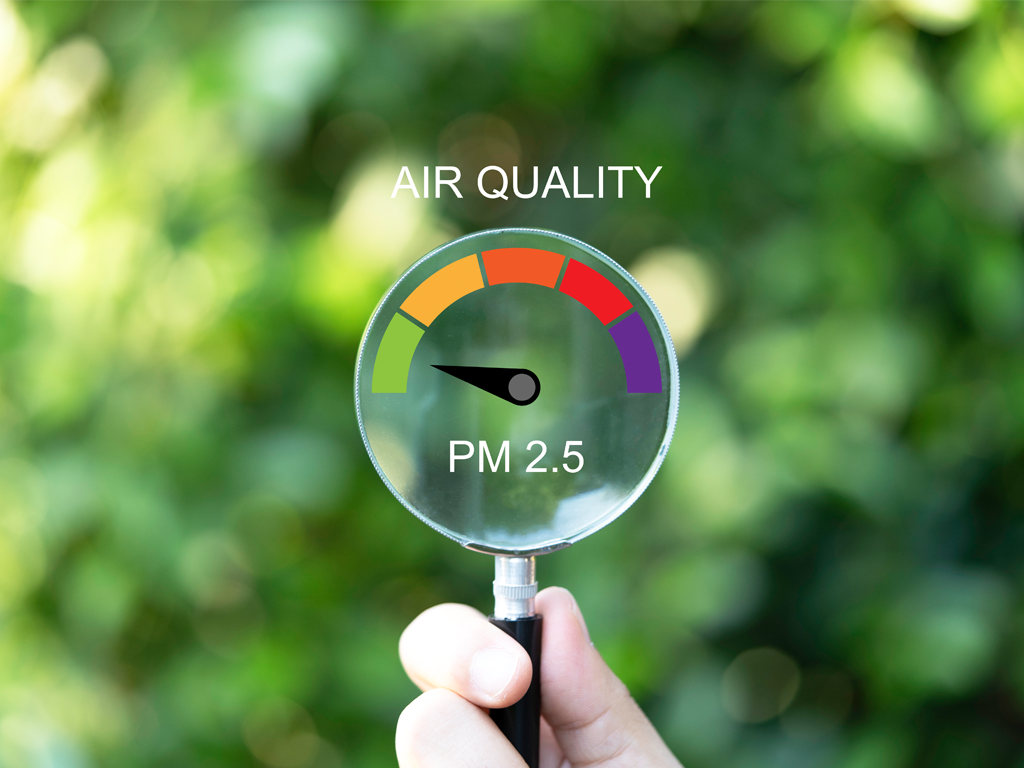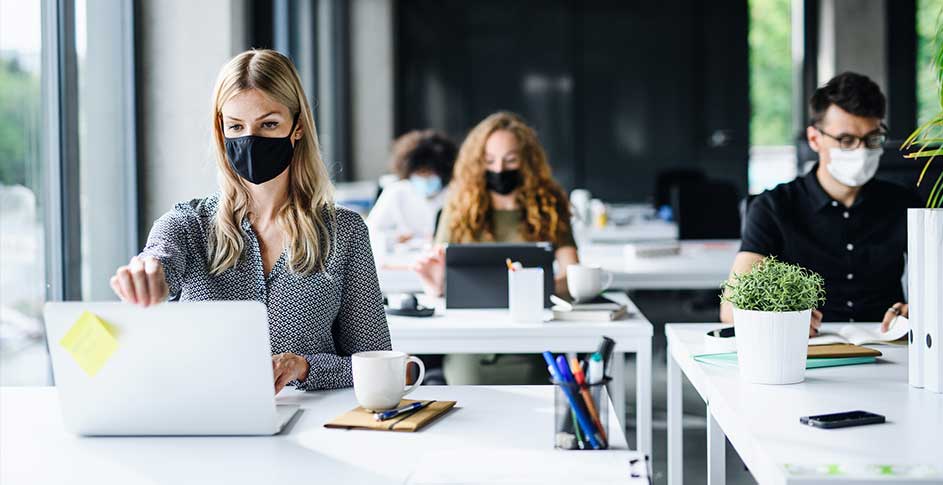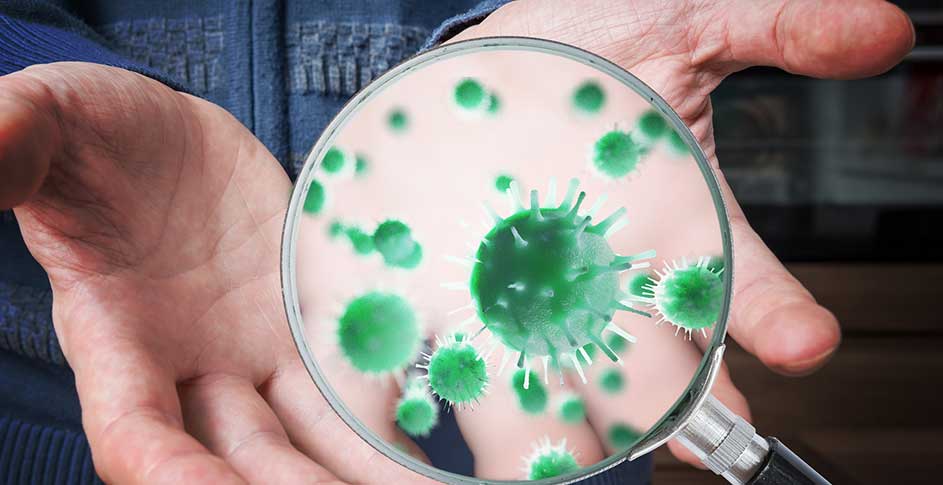The Environmental Protection Agency (EPA) recently announced a significant change to its air quality standards, lowering the National Ambient Air Quality Standard (NAAQS) for fine particulate matter (PM2.5) from 12 micrograms per cubic meter (µg/m3) to 9 µg/m3. While this may seem like a minor shift, it could have a substantial impact on public health. To understand the significance of this change, it’s important to know what PM2.5 is and how it affects our health.
What Is Fine Particulate Matter?
Fine particulate matter, also known as PM2.5, refers to tiny particles 2.5 micrometers or less in diameter. PM2.5 is a complex mixture of tiny particles of dust, dirt, soot, or smoke that comes from various sources including vehicle emissions, industrial facilities, wildfires, and construction sites. These microscopic particles are about 30 times smaller than the diameter of a human hair, which allows them to bypass our bodies’ natural defenses and lodge deep in the lungs and even the bloodstream. Studies show that people exposed to PM2.5 are at increased risk for health conditions including cardiac arrhythmias, heart attacks, asthma attacks, and bronchitis. PM2.5 contributes to millions of premature deaths each year and may help airborne viruses such as SARS-CoV-2 travel further. There is also evidence suggesting that chronic, long-term exposure to PM2.5 is correlated with cognitive decline and dementia.
New Guidelines from the EPA
The Clean Air Act Amendments of 1970 authorized the EPA to establish National Ambient Air Quality Standards (NAAQS) with the intention of protecting public health by regulating air quality and hazardous emissions. In other words, the EPA sets limits on how much exposure to particulate matter (in addition to five other “principal pollutants”) is safe to breathe in. Earlier this spring, the EPA published an update to the NAAQs relating to PM2.5, the first update to its standards since 2012. The new standards lower the annual allowable limit from 12 µg/m3 to 9 µg/m3. This shift is a direct response to the growing body of evidence that the current standard was falling short of protecting public health. The daily 24-hour standard remains unchanged since 2006 at 35 µg/m3.
The EPA predicts that by 2032, benefits of the new standard will include “4,500 avoided premature deaths, 800,000 avoided cases of asthma symptoms, and 290,000 avoided lost workdays” with a net benefit as high as $46 billion.
States will now embark on a multi-year process to assess air quality in their counties and designate them as meeting (attainment) or not meeting (non-attainment) the new annual standard. This process involves reviewing existing data and potentially collecting new air quality monitoring data. States will need to submit revised State Implementation Plans to the EPA, demonstrating how they'll enforce the new standard and bring non-attainment areas into compliance. We can also expect to see new state regulations to implement the stricter PM2.5 limits, as areas designated as non-attainment will be subject to stricter permitting requirements for facilities that emit particulate matter.
The new standards are a wake-up call, but implementation takes time and enforcement even longer. While states ramp up their efforts to implement the new standards, exposure to PM2.5 remains a risk for a large proportion of the population. Health risks will continue, especially in communities near industrial polluters. It’s also worth noting that the World Health Organization (WHO) recommends annual concentrations of PM2.5 not exceed 5 μg/m3 – so, while the EPA’s updated guidelines are a step in the right direction, they may still fall short of significantly curbing particulate matter exposure to a safe level.
Taking Action to Protect Yourself
The EPA’s new guidelines signal a sea change in air quality public policy, but waiting for state and federal government enforcement of the new standards could take years. In the meantime, daily exposure to PM2.5, even at lower concentrations, comes with health risks so minimizing exposure remains paramount. What can we as individuals do to protect ourself against fine particulate matter? Controlling particulate matter at the source (i.e., reducing fireplace use, which can contribute 80-90% of elevated PM2.5) and improving ventilation indoors will go a long way, but aren’t always feasible. You can also:
- Stay informed about air quality conditions in your area; many government and even weather websites provide live air quality data
- Limit outdoor activity when PM2.5 levels spike
- Advocate for clean air policies at the local and national level
- Invest in an air purifier for your home, especially one that targets PM2.5 with true HEPA filters (MERV 17 or higher)
ActivePure has several purifiers that pair HEPA filtration with our patented ActivePure Technology. This combination of active purification and passive HEPA filtration addresses a myriad of air quality issues including viruses and other pathogens, harmful VOC gases, and wildfire smoke particulates.
At ActivePure, we're passionate about clean air. Our science-backed technology is proven to reduce airborne junk, including PM2.5. ActivePure Disinfection and Air Purification Systems use a powerful combo of technologies to zap viruses, bacteria, mold, and other nasty indoor air pollutants.
Worried about fine particulate matter messing with your health? Contact an ActivePure air quality expert today to learn more about protecting your home or business against PM2.5.



